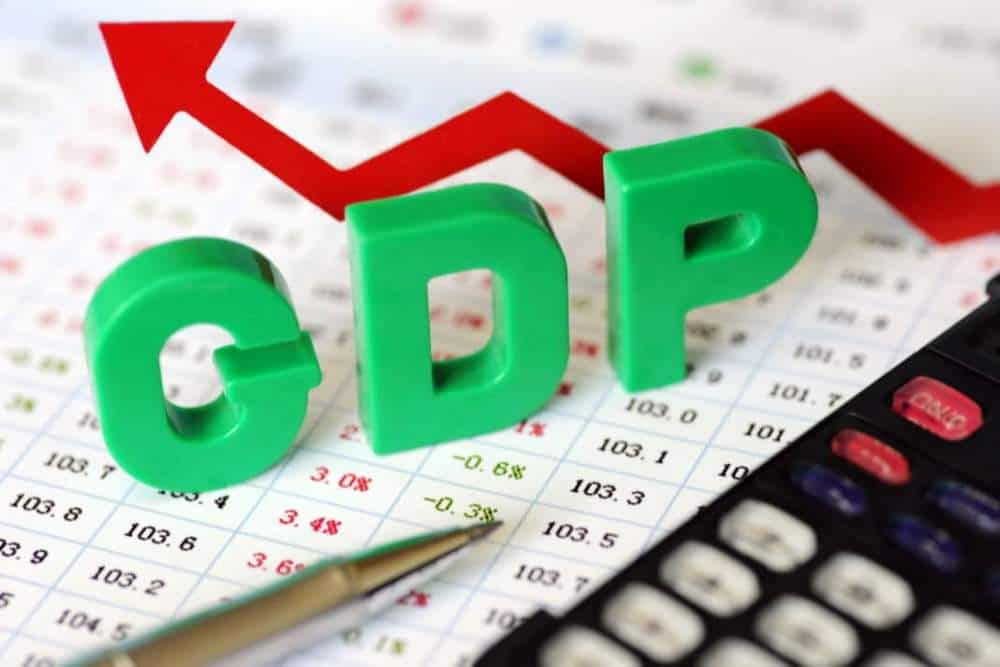GDP (Gross Domestic Product) Vs GPI (Genuine Progress Indicator)
The GDP, aka Gross Domestic Product. The means by which our country’ growth is measured. The most common way to understand the GDP is the expenditure method.
.
GDP= consumption+gross investment+ government spending+(export-imports)
GDP= C+I+G+(X-M)
.
By my calculations, this equation can’t be as sound as it seem’. Am I to understand that government spending is to be looked upon as something good? From what I can see is that if consumption(personal) falls less than what government spending goes up, the GDP will still rise for that year. That would be looked upon as something good. That doesn’t sound right to me. When government spending rises, it leaves the politicians no other choice but to raise taxes. Which we all know you’ll be paying.
.
There are too many variables that need to be considered in this equation. That is why in 1995 the GPI(genuine Progress Indicator) was created. It takes into account those variables in each part of the GDP.

They both are based on the same personal consumption data, but that is where the similarities end. Here is the list of categories that they differ. The GPI makes a lot of sense to me. Then again, who am I?
.
The following information was provided by Lisa Smith @ Forbes.com.
.
* Personal Consumption – As mentioned, this is the exact same data used to calculate GDP.
* Income Distribution – GPI is adjusted upward when a greater percentage of the nation’s income goes to the poor because an income increase provides a tangible benefit to the poor. GPI is adjusted downward when the majority of a nation’s increased income goes to the rich.
* Housework, Volunteering, Higher education – GPI factors in the value of the labor that goes into housework and volunteering. It also factors in the benefit of an increasingly educated populace.
* Service of Consumer Durables and Infrastructure – Money spent on durable goods is treated as a cost, while the value the purchases provide is treated as a benefit. Long-lasting goods that provide benefits without having to be frequently repurchased are viewed positively. Goods that wear out quickly and drain consumers’ wallets when they must be replaced are viewed negatively. GDP, on the other hand, views all expenditures as good news. Infrastructure spending by the government is treated in a similar manner – if spending provides a long-lasting benefit, GPI views it as a positive; if spending drains the government’s coffers, GPI views it as a negative. Again, GDP views all spending as positive.
* Crime – Rising crime costs money in legal fees, medical bills, replacement costs, and other outlays. GDP views this spending as a positive development. GPI views it as a negative.
* Resource Depletion – When wetlands or forests are destroyed by economic activity, GDP views the events as good news for the economy; GPI views these events as bad news for future generations.
# Pollution – Pollution is good news for GDP. Industry gets paid once for the economic activity that creates pollution and again when money is spent to mitigate the pollution. GPI views pollution as a negative.
# Long-Term Environmental Damage – Global warming, nuclear waste storage, and other long-term consequences of economic activity are factored into GPI as negatives.
# Changes in Leisure Time – Prosperity should lead to an increase in leisure time. Most modern workers would disagree with this theory. GPI views an increase in leisure as a positive, and a decrease in leisure as a negative.
# Defensive Expenditures – Defensive expenditures refer to medical insurance, auto insurance, healthcare bills and other expenses that are required to maintain quality of life. GPI views these as a negative. GDP views them positively.
# Dependence on Foreign Assets – When a nation is forced to borrow from other nations in order to finance consumption, GPI factors in the result as a negative. If the borrowed money is for investments and benefits the country, it is viewed as a positive.
The Calculations
GPI calculations take all of these variables into consideration, using economic statistics and mathematical formulas to place value on them. That value is then added to or deleted from the GDP figure. For example, expenditures on consumer durables are a negative adjustment. Data from the National Income and Products Accounts are used to estimate the cost of consumer durables, and the figure is subtracted from GDP.
The amount of money that foreigners invest in the U.S. is subtracted from the amount Americans invest overseas. A five-year rolling average is used to determine whether the U.S. is becoming a lender or a borrower. If our economy is healthy enough that we are a net lender, the resulting number is added to GDP. If we are borrowing to sustain our economy, the resulting number is subtracted.
GPI Is Not Yet Mainstream
While GPI factors in to many of the variables that have direct impact on peoples’ quality of life, capitalist economies tend to focus strictly on making money. Because of this, GPI has not yet been widely adopted in such economies, although its proponents note that it has been reviewed by the scientific community and recognized for its validity. GPI-type measures are in use in Canada and in some of Europe’s small and more progressive nations. Over time, other nations might slowly adopt the concept as environmental concerns move into the public’s consciousness.
